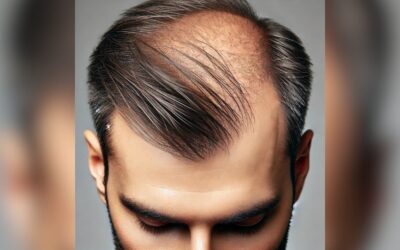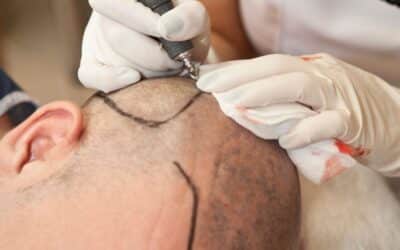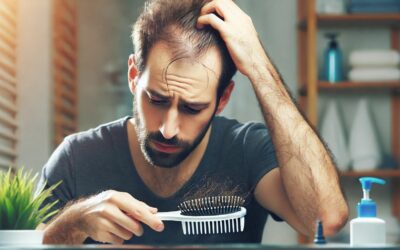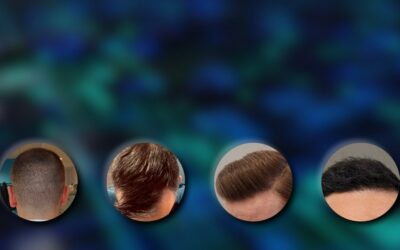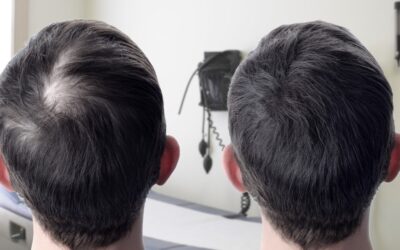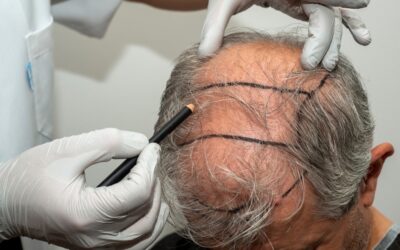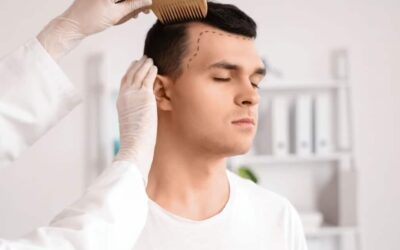Embarking on the journey of a hair transplant is a significant decision that can bring about both excitement and apprehension. In Los Angeles, Follicular Unit Extraction (FUE) hair transplants have gained popularity as an effective solution for those experiencing hair loss.
Many potential patients are concerned about the possibility of FUE grafts falling out post-surgery and how to care for them. This article aims to provide a comprehensive understanding of the process, guide readers through each stage, and offer insights into selecting reputable clinics in the Los Angeles area.
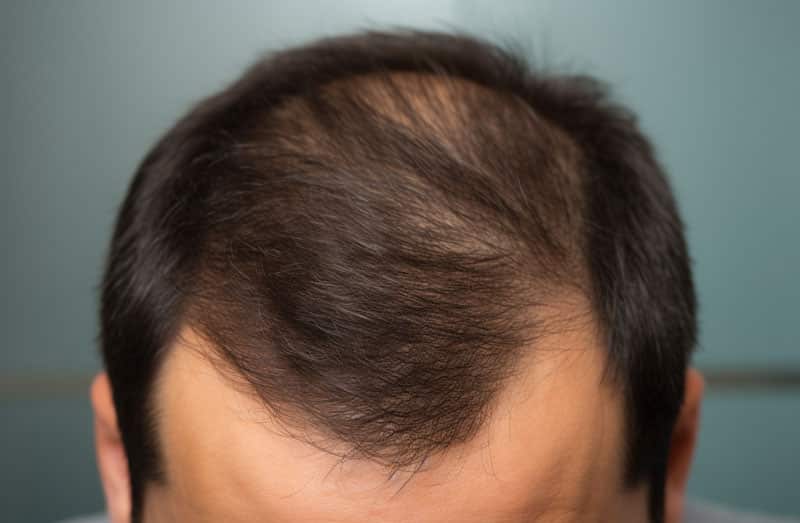
Understanding FUE Hair Transplants: What Are They?
This section explores Follicular Unit Extraction (FUE), which is a technique used for transplanting individual hair follicles. FUE provides a natural-looking and minimally invasive solution to combat hair loss.
- Follicular Unit Extraction: A surgical technique that removes individual healthy hair follicles from the donor area.
- Minimally Invasive: Compared to other methods, FUE leaves fewer scars and promotes quicker healing.
- Suitability Assessment: It requires consultation with a medical professional to determine if FUE is the right choice for the patient.
- Natural Appearance: Careful placement of the grafts allows for a natural-looking result that matches the patient’s hair growth pattern.
- Cost and Availability: FUE may vary in price, and availability may depend on the expertise of local clinics.
The First Few Days: What to Expect After Surgery

This section provides details about the immediate period after a follicular unit extraction (FUE) transplant. It covers the common experiences, necessary care, and potential symptoms that patients may encounter during this phase.
- Immediate Post-Surgery Care: Instructions on cleaning and protecting the grafts are essential to prevent infection or graft failure.
- Possible Swelling and Redness: These common symptoms are temporary and subside properly.
- Limiting Activities: Patients must avoid strenuous activities and follow guidelines on sleeping positions to protect the grafts.
- Monitoring for Complications: Regular check-ins with the medical provider help catch and address any concerns early.
- Gradual Healing Process: Patients can expect gradual improvements, with fuller results appearing in the months following surgery.
Can FUE Grafts Fall Out? The Facts Revealed
FUE grafts can fall out after a hair transplant, but this is extremely rare. In most cases, the hair that falls out after a hair transplant is not the actual graft but rather the hair that was attached to the graft. This hair is called the “shock loss hair,” and it is a normal part of the healing process.
The shock loss hair falls out about 2-4 weeks after the hair transplant. This is because the grafts have been transplanted to a new location and need time to adjust to their new environment. The shock-loss hair will eventually grow back, but it may take up to 12 months for the new hair to reach its full thickness.
In very rare cases, the actual graft itself can fall out after a hair transplant. This is usually due to a technical error during the procedure or to an underlying medical condition. If you experience graft loss after a hair transplant, it is important to see your doctor to determine the cause and to discuss treatment options.
Here are some tips to help prevent graft loss after a hair transplant:
- Choose a qualified and experienced hair transplant surgeon.
- Follow the post-operative instructions carefully.
- Avoid strenuous activity for the first few weeks after the procedure.
- Take care to protect your scalp from the sun and wind.
- Use a mild shampoo and conditioner.
- Avoid using hair styling products for the first few months.
Post-Surgery Care: Tips to Ensure Optimal Healing
This section provides guidance on post-operative care for the transplanted area, ensuring proper healing and thriving of grafts.
- Cleaning and Hygiene: Instructions for keeping the area clean to prevent infection.
- Activity Restrictions: Guidelines for what activities to avoid to protect the newly implanted grafts.
- Medications and Products: Information on prescribed or recommended products to aid healing.
- Follow-Up Appointments: Emphasizing the importance of attending follow-up appointments with the healthcare provider to monitor progress.
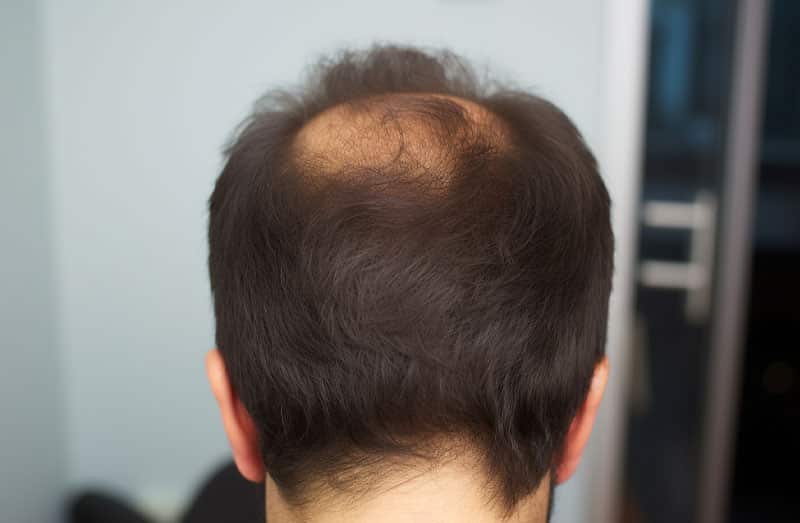
Temporary Shedding vs. Graft Failure: Know the Difference
Understanding the FUE hair transplant process involves recognizing two important occurrences: temporary shedding and graft failure. After surgery, it is normal for some hair to fall out before new growth begins. This temporary shedding should not be a cause for concern. However, graft failure is a more serious issue where the transplanted follicles do not survive. To differentiate between these two phenomena, refer to the following table:
| Temporary Shedding vs. Graft Failure: Know the Difference | Temporary Shedding | Graft Failure |
| Definition | Normal loss of some transplanted hair during the initial healing process. | Failure of the transplanted follicles to survive leads to a lack of growth in the area. |
| Causes | Part of the natural hair growth cycle; hair falls out to make way for new growth. | This could be due to infection, improper post-surgery care, or underlying health issues. |
| Appearance | Temporary thinning that improves as new hair grows in. | Permanent loss in the transplanted area, possibly accompanied by other symptoms like redness. |
| Management | No specific treatment is needed; follow the standard post-surgery care guidelines. | Requires immediate attention from the healthcare provider; may need intervention or treatment. |
| Long-Term Impact | Typically resolves within a few months as new hair grows in. | This can lead to permanent loss in the transplanted area, affecting the overall appearance. |
Consulting Your Surgeon: When to Seek Professional Guidance

This section highlights the significance of post-FUE transplant communication with the surgeon or medical provider. It also provides guidance on when to seek their expert advice and guidance.
- Regular Check-Ins: Schedule and attend follow-up appointments as advised.
- Unexpected Symptoms: Reach out if you experience any unexpected pain, swelling, or signs of infection.
- Concerns About Healing: Feel free to consult the surgeon if the grafts don’t seem to be healing correctly.
- Advice on Care Routine: Consult the surgeon for personalized advice on hair care, activities, and products to use or avoid.
The Long-Term Outlook: What to Expect Months After Surgery
This section delves into the lasting expectations patients can have following FUE transplantation. It provides a step-by-step explanation of the gradual process involved in hair growth and recovery.
- Initial Shedding Phase: Understand that some shedding is standard in the first few weeks.
- Gradual Growth: Expect new hair to grow gradually over the next several months.
- Fuller Appearance: The final, fuller result might take up to a year.
- Ongoing Care: Learn about ongoing care or treatments necessary to maintain the results.
Avoiding Common Mistakes: What NOT to Do After Surgery

This segment highlights typical mistakes that patients may encounter after surgery while offering guidelines to help them avoid such errors.
- Avoiding Harsh Products: Avoid harsh shampoos, conditioners, or styling products.
- No Strenuous Activities: Refrain from heavy lifting, intense exercise, or anything that might strain the grafts.
- Avoiding Sun Exposure: Protect the transplanted area from direct sun, which can irritate it.
- Ignoring Professional Advice: Always follow the surgeon’s instructions, as ignoring them can lead to complications.
The journey to restoring your hair through FUE grafts in Los Angeles fills one with anticipation and requires diligent care. It is normal to experience temporary shedding, but knowing how to properly nurture your grafts and when to seek professional help ensures a successful outcome. By understanding the process and connecting with experienced professionals, you can achieve long-lasting results that serve as a testament to your personal transformation.
Ready to take the next step on your journey to restore hair? Don’t let uncertainty hold you back. Book a consultation with our expert Hair Transplants Los Angeles team today, and discover personalized solutions tailored just for you. Our seasoned professionals are here to guide you through every stage, answer all your questions, and help you achieve the look you’ve been dreaming of. Book Your Consultation Now and embrace the confidence of a complete, vibrant head of hair!
FAQs
FUE is a method of harvesting hair follicles individually for transplantation, minimizing scars and healing time.
Temporary shedding is normal, but proper care minimizes the risk of graft failure.
Here are two tips on how to care for your hair after hair transplant surgery:
Wash your hair gently with a mild shampoo and conditioner.
Avoid using hair styling products for the first few months.
Research, seek recommendations, and consult various professionals to find the best fit.
No, FUE is not suitable for everyone. It is generally only suitable for people with male pattern baldness who have a healthy donor area on the back of their head. People with severe hair loss or medical conditions may not be good candidates for FUE.
To ensure your ease of mind, you can view our customer recommendations HERE. Furthermore, you can also see our Google reviews and Yelp reviews. We can’t wait to help you start restoring your lost hair.

